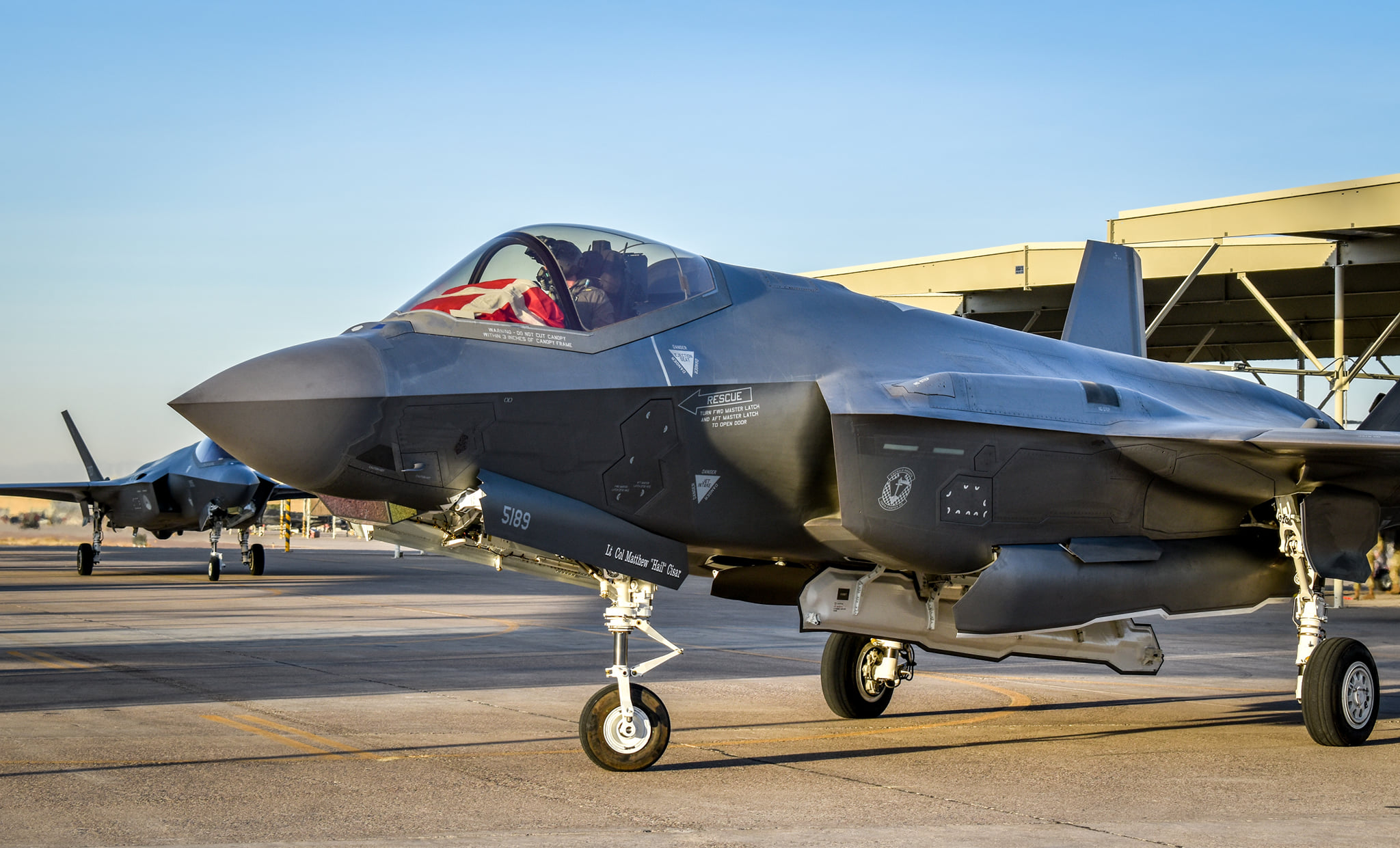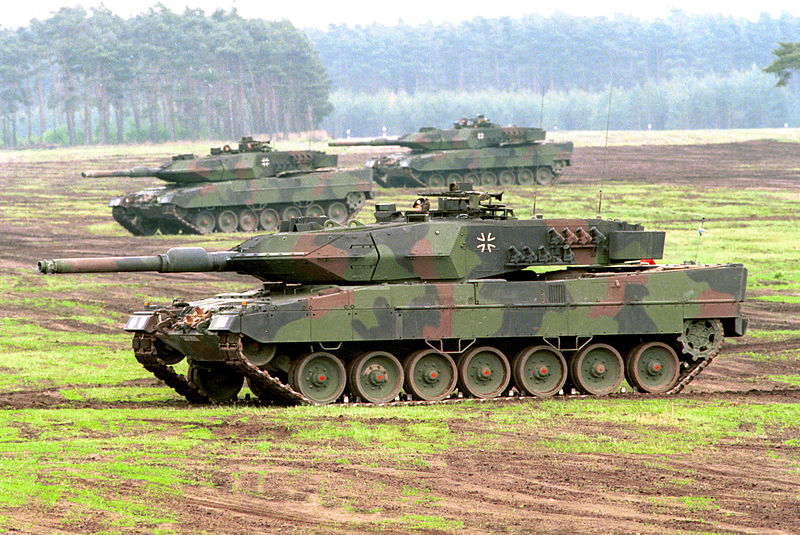
Flyvevåbnet to switch to F-35A Lightning II
Denmark was one of the first users of the F-16 in Europe, purchasing a total of 77 F-16A and B aircraft.
On May 12, the Danish government announced the award of an international tender for the selection of a new type of multi-purpose combat aircraft, which will replace the F-80AM / BM vehicles that have been in operation since the 16s. The laurel of victory went to the Lockheed Martin concern, which offered Copenhagen its latest product, the F-35A Lightning II. Thus, the Danes will become the fifth European user of this design and join the UK, the Netherlands, Italy and Norway.
Denmark was one of the first four European users of the General Dynamics F-16 multirole combat aircraft (after the Netherlands, Belgium and Norway).
Initially, Copenhagen ordered 46 F-16As and 12 two-seat Bs, which were delivered from the Belgian assembly line to SABCA's facilities in Charleroi. The first entered service on January 28, 1980, and the entire delivery was completed by 1984. In August 1984, another batch of twelve aircraft (eight A and four B) was purchased, which in turn were built at the Fokker plant in the Netherlands and delivered in 1987–1989. In the next decade, this time from American surplus equipment, seven more Block 15 machines (six A
and one B). After the collapse of the Warsaw Pact and the end of the Cold War, the Danes began to intensively use their cars in expeditionary activities. In this context, the use of the F-16 in combat operations over Yugoslavia (1999), Afghanistan (2002-2003), Libya (2011) or - since 2014 - against the so-called. Islamic state. In addition, as part of their allied commitments, they perform rotational operations as part of the NATO air policing mission over Iceland and the Baltic states.
At the turn of the century, Danish vehicles were upgraded under the MLU program, which brought their equipment and combat capabilities closer to the later versions of the F-16C / D, and also extended their service life. However, due to the cost of aging equipment, a gradual reduction in the number of aircraft in combat units was begun. Currently, about 30 aircraft remain in service, which are the equipment of two squadrons.
Work related to the replacement of the F-16 with a new design was approved by the government back in 2005. Earlier, in 1997, Denmark joined the F-35 program as a Tier III partner with a contribution of approximately US$120 million, which allowed placing orders with local companies (including Terma produces hanging trays for 25 mm sections, which will be used on the F-35B and F-35C, other companies are providing composite structures and cables), and one of the Danish F-16s with a pilot is participating in test flights at Edwards Air Force Base in California.
All Western manufacturers of supersonic multi-purpose vehicles announced their intention to participate in the competition. Soon, by 2008, two of them - the Swedish Saab and the French Dassault - went out of production. The reason for this step was the analysis of the prerequisites, which, according to representatives of both companies, favored the Lockheed Martin product. Despite this, the Eurofighter GmbH consortium and the Boeing concern entered the fray with the favorite. However, in 2010 the procedure was put on hold for budgetary and… operational reasons. Analyzes of the time showed that the F-16MLU did not require urgent replacement and could remain in service in relatively large numbers for several years. According to anecdotal information, Boeing received top marks from the proposal evaluation committee, which was praised for the compensation package and design maturity. The same could not be said for the F-35, which at the time was still under attack from political circles and the media due to further delays in the R&D process and increased program costs.
The procedure was restarted in 2013, with the new aircraft expected to enter service in 2020–2024. and will reach operational readiness around 2027. Initial demand was determined for 34 vehicles. Three organizations are interested in re-participation in the competition: Lockheed Martin, Boeing and Eurofighter GmbH. Interestingly, St. Louie only offered the Super Hornet in a two-seat F version, which can be confusing, especially since we haven't heard of a similar offer from a European consortium. Perhaps Boeing's marketers assumed that a two-man crew performed better combat missions due to the separation of functions in flight. Perhaps the Australian experience also played a role here. Canberra only procured two-seat Super Hornets for the RAAF, which received favorable performance ratings.
